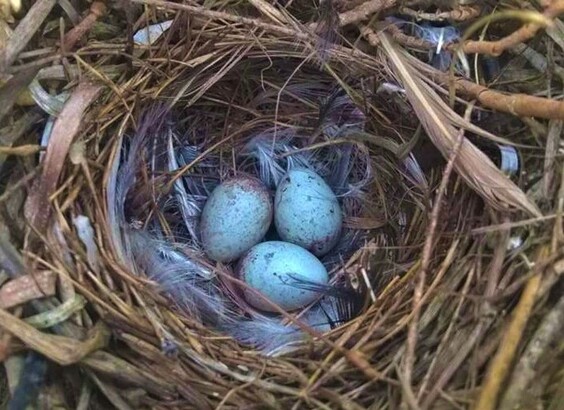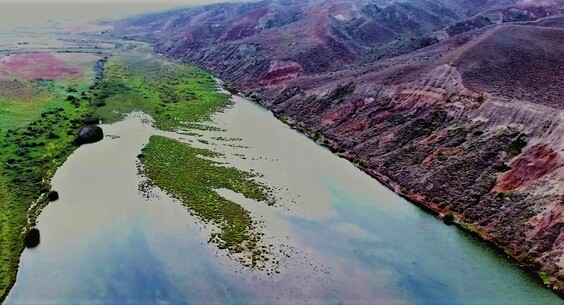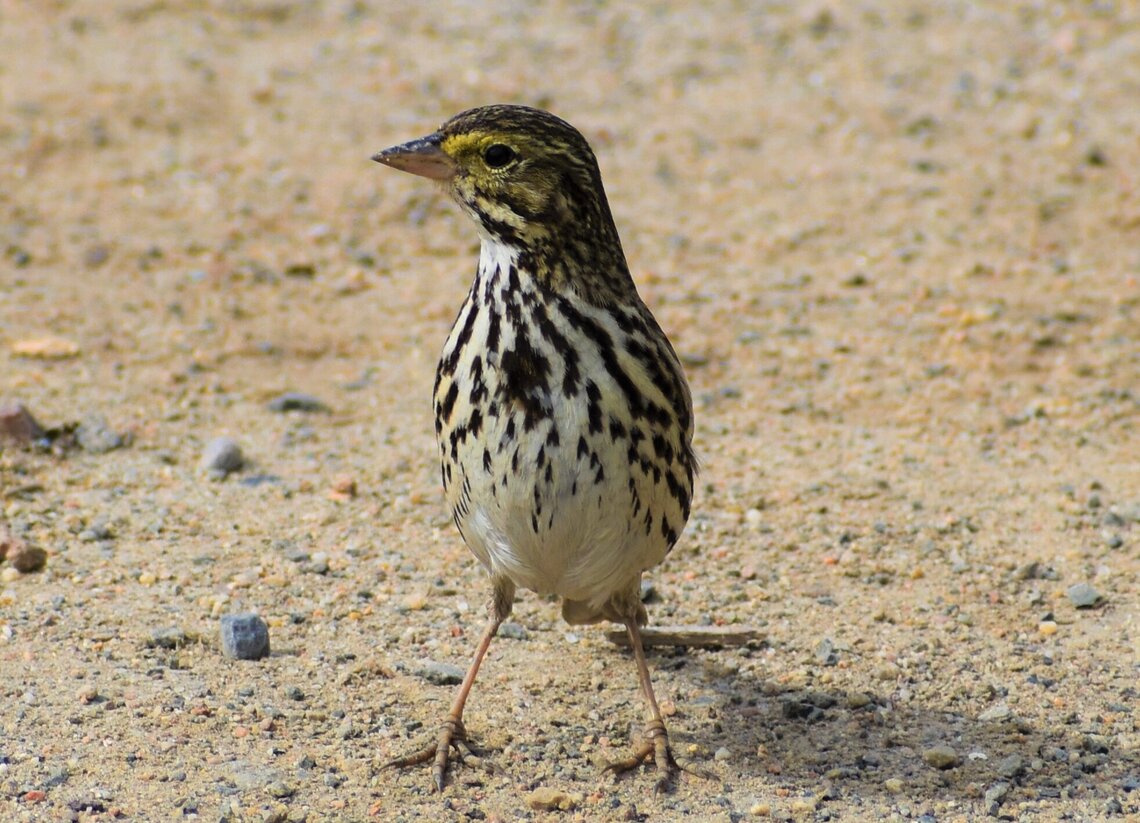By Hiram Moreno Higareda, Pro Esteros, Horacio de la Cueva, Center for Scientific Research and Higher Education of Ensenada, B. C., and Gorgonio Ruiz Campos, Autonomous University of Baja California
The Savannah Sparrow is one of the songbirds with the widest geographic presence in North America. Its subspecies and populations inhabit a wide variety of environments that include tundra, prairie, freshwater wetlands, and salt marshes. This species is made up of 18 nominal subspecies, which includes the Belding’s Savannah Sparrow (Passerculus sandwichensis beldingi), a non-migratory resident that occurs in the coastal marshes of the Pacific Ocean, from Santa Barbara County, California, southward along the northwest coast of Baja California, including the Todos Santos Islands, to El Rosario.
P. s. beldingi is one of the many birds whose life depends on the coastal wetlands and marshes of southern California and northwestern Baja California. The conservation efforts for this and other marsh birds, such as the Light-footed Ridgway’s Rail, require more information on the status of their Mexican populations. This gap in knowledge contrasts with the great historical efforts of population studies and habitat protection on the California coast.
The Savannah Sparrow, like other continental distribution species, transcends borders both in the threats to its populations and in the required conservation solutions. Mexico and the USA protect the species from anthropogenic threats, including the destruction of its habitat, through laws and regulations. However, given its shared distribution, a binational plan is necessary to protect the species and its habitats. The network of partners within the Sonoran Joint Venture and its collaborations with regional researchers focused learning more about this sparrow are the ideal means to promote its conservation and well-being.

The Belding’s subspecies populations are almost completely isolated showing little dispersal behavior. Little is known about individuals’ movement between populations. Their isolation increases over time, as a result of the constant fragmentation of their habitat, requiring the need for binational work for the conservation of this bird.
The Belding’s Savannah Sparrow nests preferentially in high marsh vegetation, away from tidal flood events, but close to the edge of the wetland where it is most vulnerable to predation and human disturbance. It is worrisome to see more and more irregular human settlements throughout Baja California’s wetlands because of both legal and illegal sale of water edge properties. This development will result in local extirpations, genetic isolation, and great variations in the numbers of the local populations. The conservation state of the Belding’s population varies between the three locations in Baja California where it is known: Estero de Punta Banda (EPB), Bahía San Quintin (BSQ), and Estuario del Río El Rosario (ERR).
EPB is the closest location to California, 100 km south of the last recognized site in the USA, the Tijuana River Estuary. EPB is in a good state of conservation, but with the greatest development and destruction pressures due to the sale of urban lands, and the consequent landscape transformation. If the quality of this habitat is lost, the distance and continuity of the metapopulation will be greater than 300 km, possibly decreasing the connectivity of the subspecies, altering its genetic diversity and population dynamics.
BSQ is located 200 km south of EPB. This site is the best example of the conservation status for the Belding’s Savannah Sparrow in Baja California. Albeit, there are local problems and threats, similar to those found in EPB, but the extent of the marsh area serves as a buffer to external pressures. There are two private protection zones that isolate the marsh from development, but there are still areas with risk of future development.

ERR is located on the southern edge of the Californian Mediterranean region, some 50 km south of BSQ. This locality faces the biggest threats for the survival of this sparrow. In recent years, a sizable portion of the marsh has been lost due to increased agricultural development.
The anticipated future urban and agricultural development on the coast of Baja California is not favorable for the survival of the Belding’s Savannah Sparrow. It faces strong threats and anthropogenic impacts, and unfortunately, there is no support yet from federal, state, local authorities, or citizen groups to guarantee its future existence.
One way to reverse these effects is the protection, conservation, and restoration of marshes. To accomplish this target, we must understand and quantify habitat isolation and fragmentation, the impacts of alien species, as well as upland habitat loss. We must also consider adaptive and mitigating measures to climate change, thus ensuring that this sparrow and the other species associated with these ecosystems are maintained.
As a multidisciplinary group of researchers from Baja California, we are in the process of evaluating the current population status of Passerculus sandwichensis beldingi. We face the challenge of using our limited resources sustainably to increase our knowledge of the subspecies and identify management and conservation measures we can enact in its habitat in Baja California.

